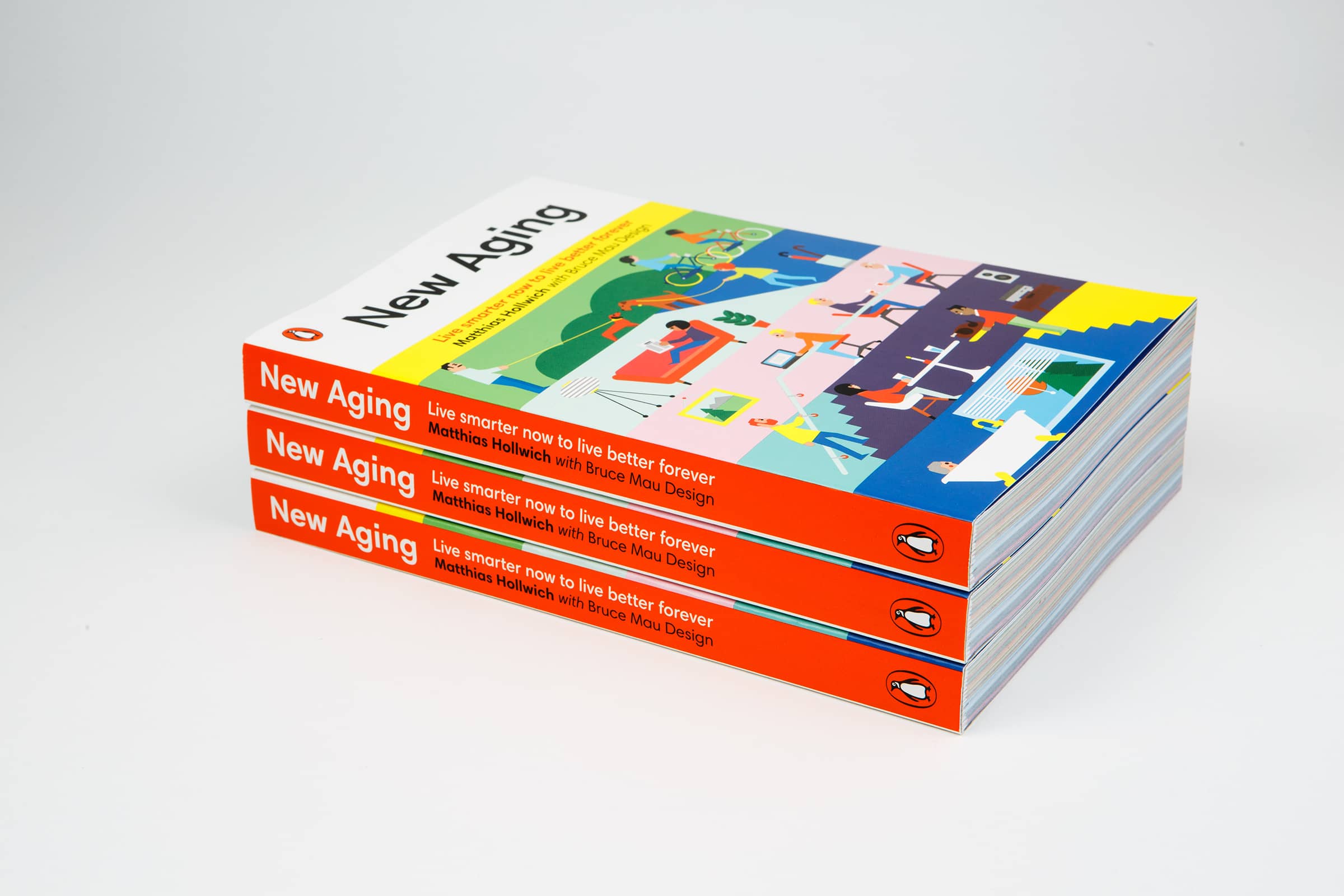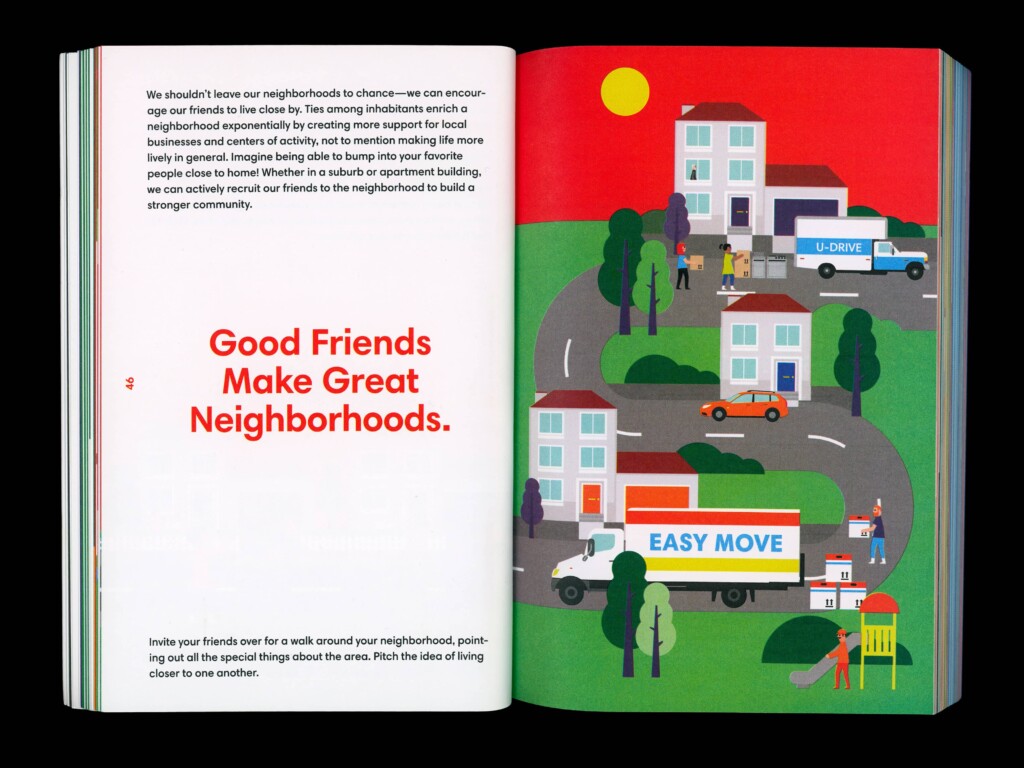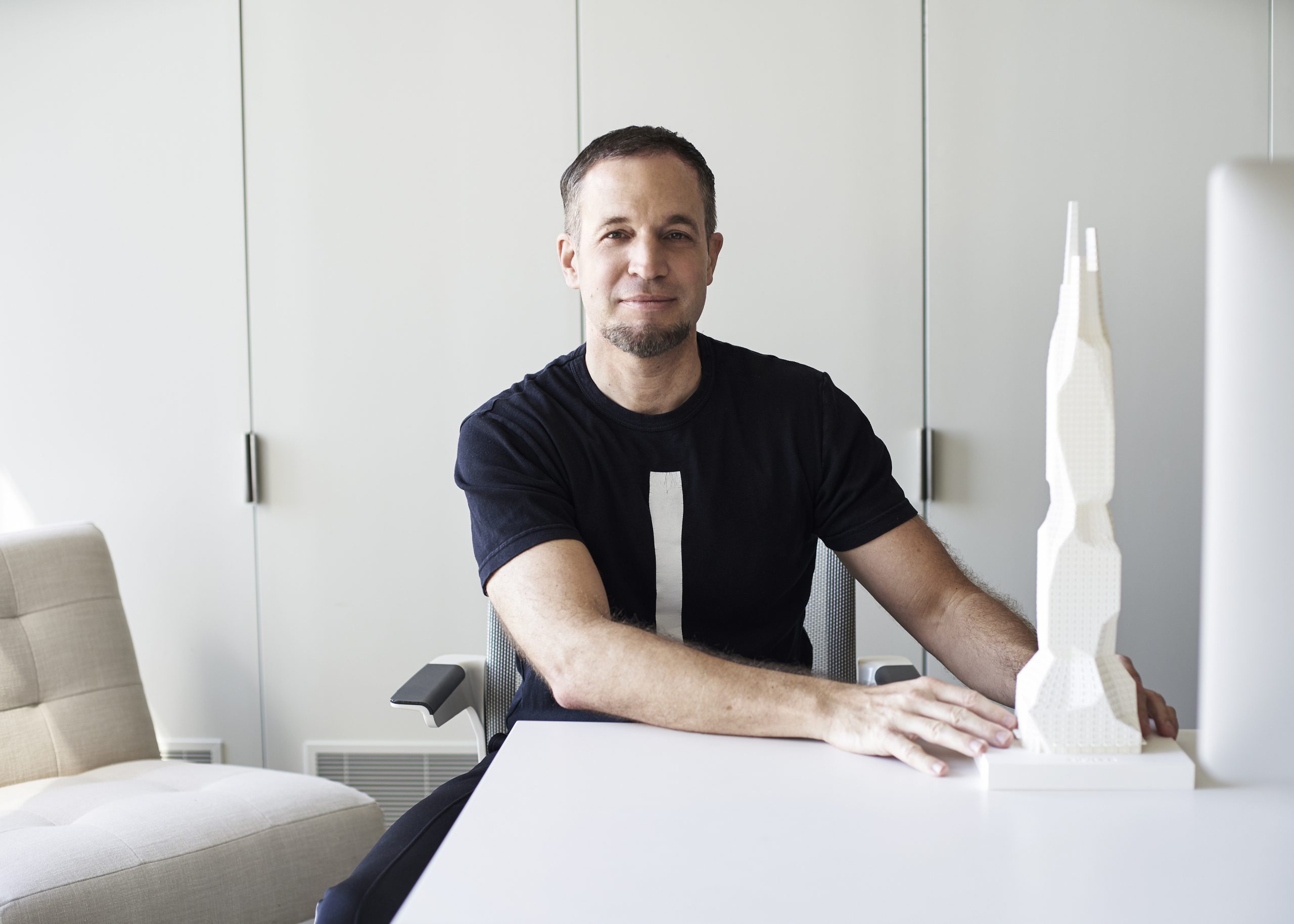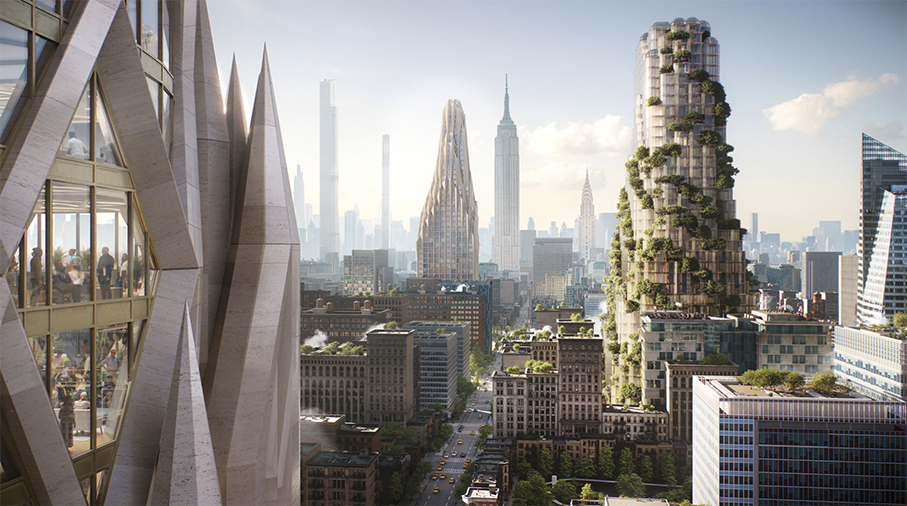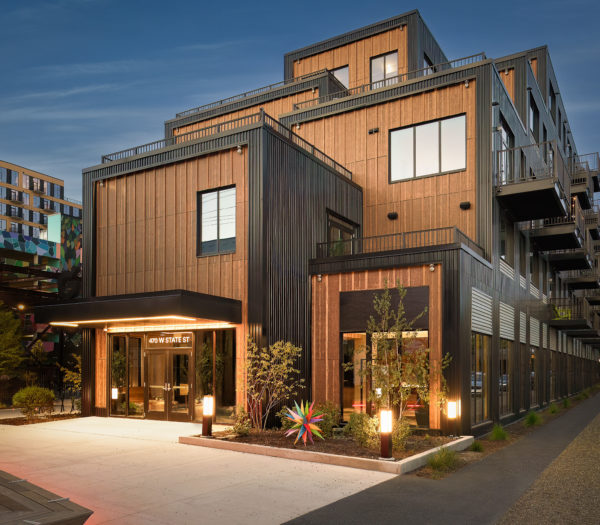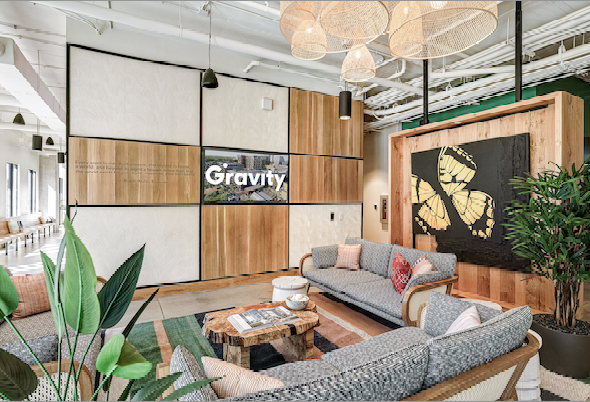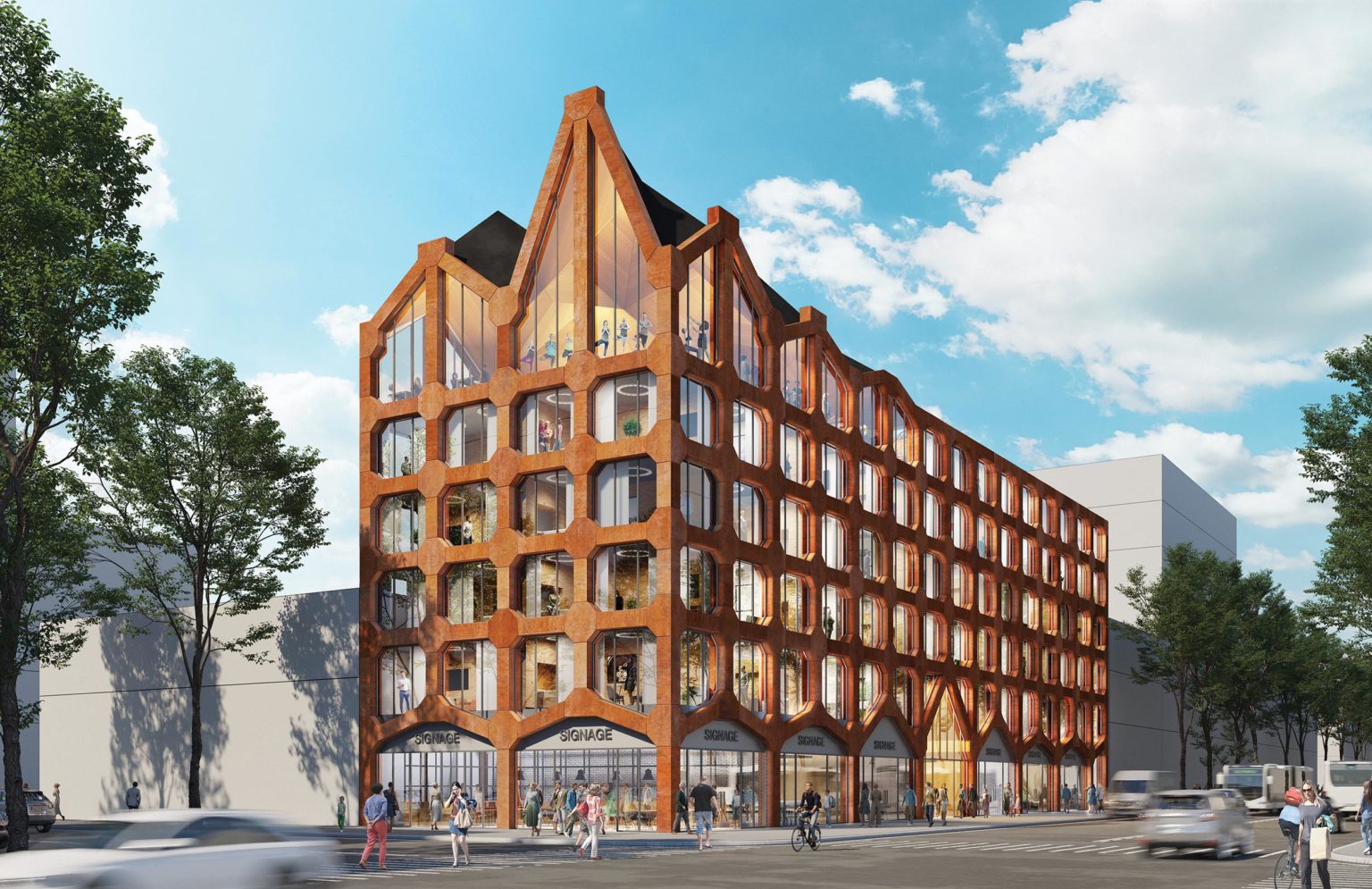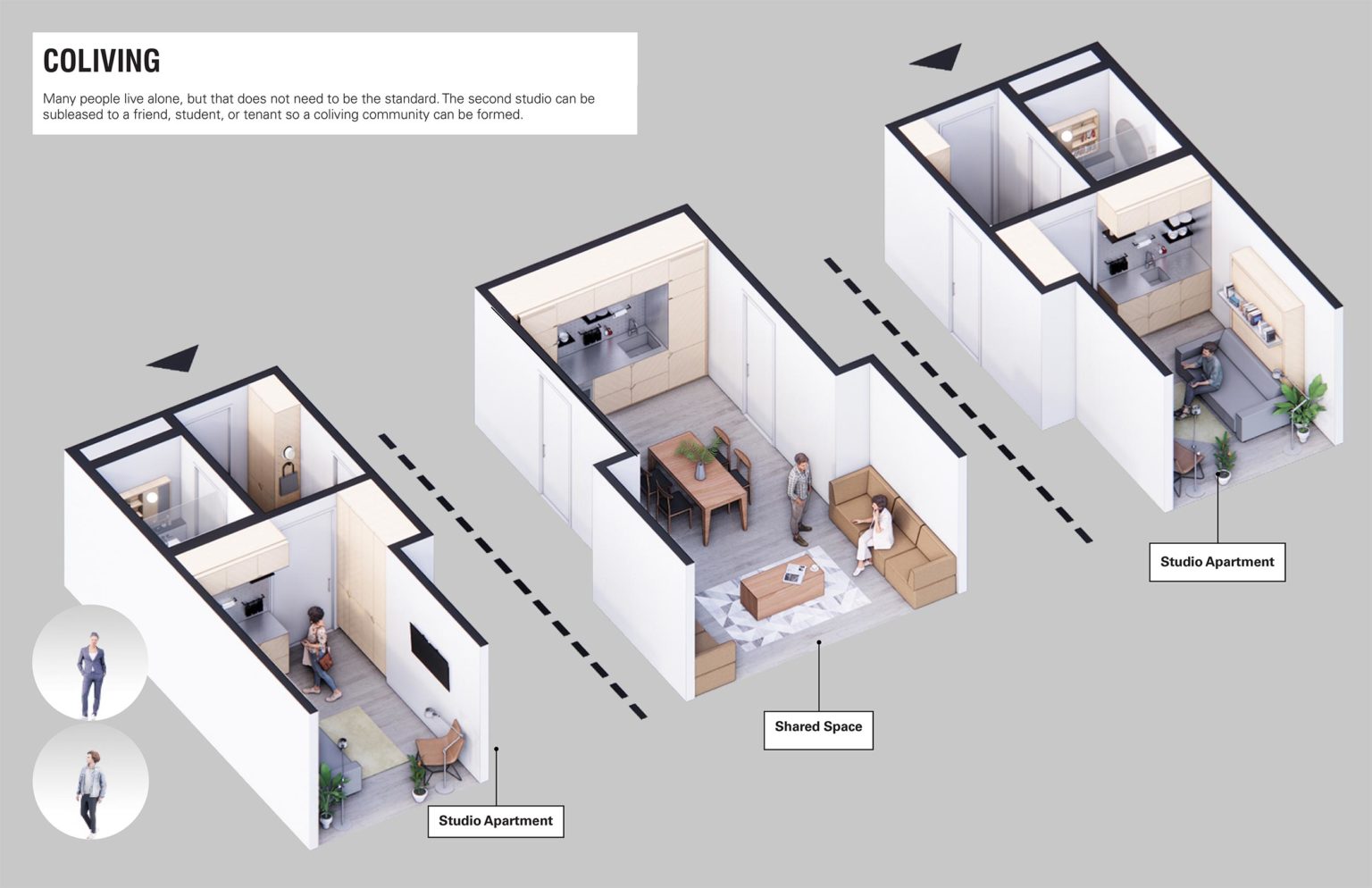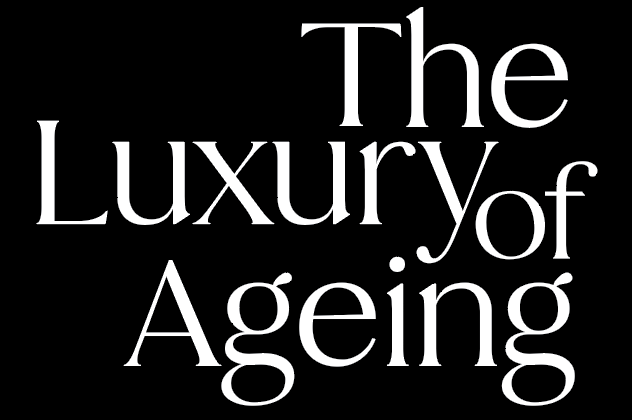Matthias Hollwich, founder of NY-based
HWKN Architecture, is ranked among
Fast Company’s Top 10 Most Innovative Architects and
Business Insider’s list of Top Business Visionaries. Matthias is on a mission to revolutionise how we think about ageing and the spaces we inhabit - and he’s even written a book on the subject,
New Aging: Live Smarter Now to Live Better Forever.Throughout his career, Hollwich has challenged traditional design principles, advocating for environments that are as adaptable as we are, evolving to meet our needs at every stage of life. His vision extends beyond age-specific housing, promoting intergenerational living and fostering connections across all ages to create vibrant, supportive communities.
This holistic approach has sparked transformative conversations around ageing and architecture, setting a bold new agenda that emphasises flexibility, accessibility and beauty in every design choice. It was a pleasure to speak with Matthias and hear his refreshing vision for how design can create truly connected communities. His inspiring ideas on adaptable, intergenerational spaces are both exciting and thought-provoking.
